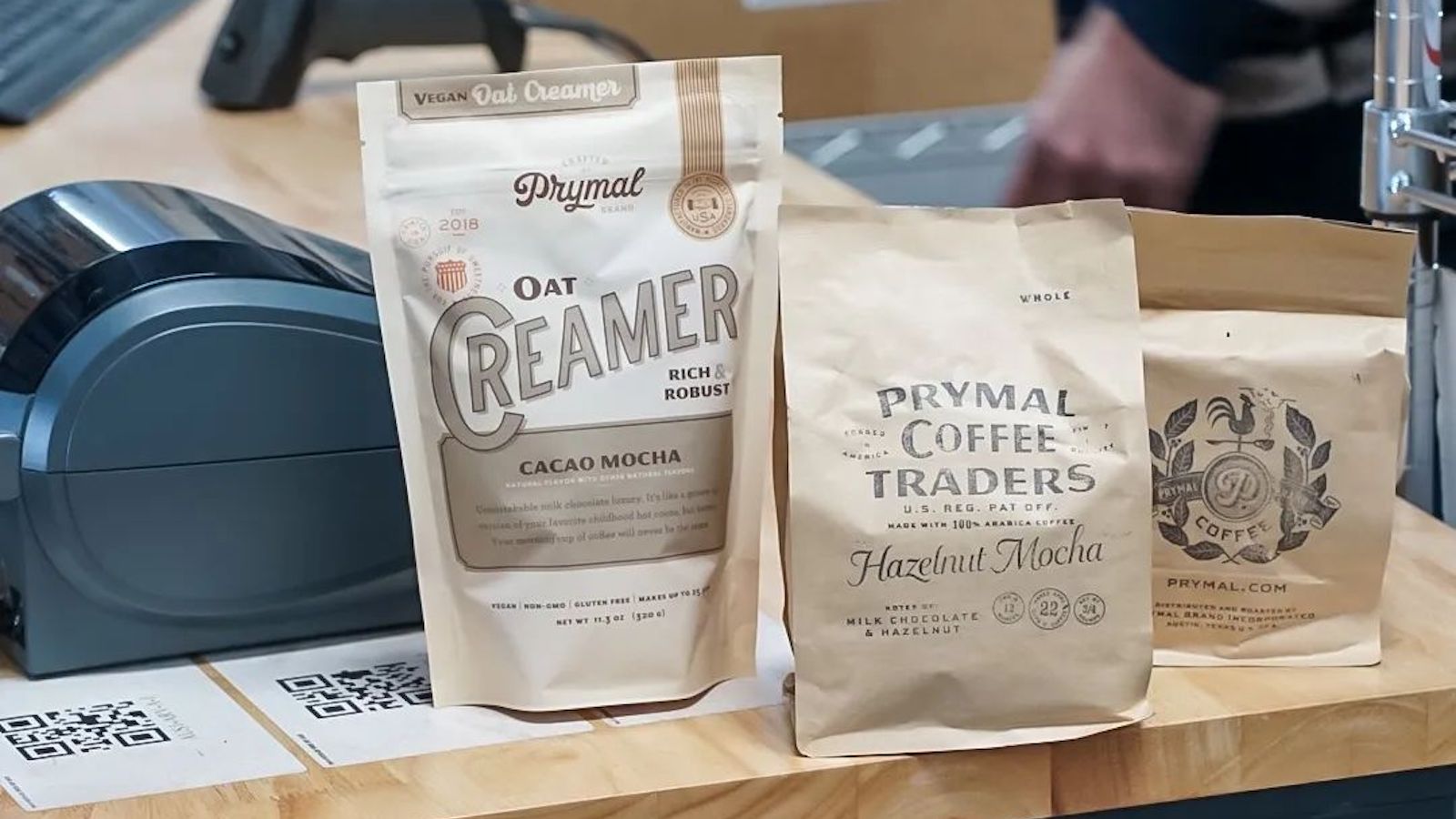Table of Contents
** Minutes
The catalyst for moving fulfillment in-house with ShipBob
Learning about ShipBob’s new warehouse management system
Learn how coffee creamer brand Prymal leverages ShipBob’s warehouse management system (WMS) to scale fulfillment fast in-house.
Customer Profile
Prymal is on a mission to make your coffee a little sweeter and a whole lot healthier. Based in Austin, Texas, the health food brand offers a one-of-a-kind sugar-free, non-dairy creamer made with ingredients like monk fruit, stevia, and erythritol. Prymal creamers don’t compromise taste with guilt-free flavors like Red Velvet and Birthday Cake.


After nearly 10xing her business over the last 3 years with ShipBob, Courtney Lee and the team behind Prymal had a vision for the next evolution of their business — getting their own warehouse with a connected coffee shop to open in the future.
While this meant Prymal would no longer be outsourcing all of their ecommerce fulfillment, ShipBob had a new solution that could enable them to keep utilizing ShipBob’s software, shipping rates, integrations, and other fulfillment services, while remaining a customer.
We sat down with Courtney Lee, CEO and founder of Prymal, to learn about her company’s growth, why she moved fulfillment in-house, and decided to use ShipBob’s warehouse management system (WMS) to manage the fulfillment center in her new hub, which also includes her HQ and production facility.
The catalyst for moving fulfillment in-house with ShipBob
As told to ShipBob by Courtney Lee, founder of Prymal.
In 2020, the pace of everything changed and continues to get faster year over year. The companies that survive through volatility in the economy and markets are going to be the ones who can adapt fast and get comfortable with making decisions based on having enough information versus all of the information. Technology, for better for worse, is calling for leaders to be the lookout, the compass, and the captain.
With that in mind, my decision to bring fulfillment in-house after years of learning and scaling through outsourcing was all about deepening our control over a critical arm of the business.
On a macro level, when COVID hit there were key elements impacting our business that were paramount for our success: the labor markets, production capacities, carrier performance, pricing throughout the entire supply chain, raw material availability, and inventory.
Like a wagon wheel, as the entrepreneur, I am the central hub and the spokes around me include our co-packer, fulfillment platform in ShipBob, my team, and our customers, and the outside wheel itself were the economy and marketplaces.
I saw and felt the wheels splintering, and it’s a domino effect of every spoke struggling to keep the wheel going. For a time, being a business owner in COVID felt like a chicken without a head running around.
I needed to pull myself out of the hub and be in control of the wheel.
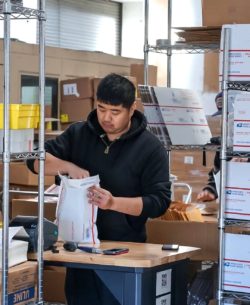

Then, I was sending and shipping products out of two ShipBob locations: Moreno Valley, CA and Chicago, IL. And this was with a team that is 100% remote in Arizona, California, New Jersey, and Texas.
So we brought everything to Austin, TX. Our production arm, fulfillment, and even the ability to sell to our customers in person.
It’s my dream location right in the heart of a bustling, trendy, and thriving city, which also happens to be in close proximity to major carrier hubs.
The freedom I’ve experienced is invaluable and priceless.
Learning about ShipBob’s new warehouse management system


He helped me start outlining the steps to bring everything in-house, including utilizing ShipBob’s WMS, a new in-house fulfillment solution.
The thought of having to Frankenstein many tools and APIs together, plus the costs and uncertainty in performance, was a non-starter for other options.
“Having been a happy ShipBob customer for several years, I had the utmost confidence in this new solution — the same solution they use to power their own fulfillment network. Using ShipBob’s warehouse management system and merchant application was a no-brainer.”
Courtney Lee, founder of Prymal
I was able to essentially turn my facility in Austin into a satellite site within ShipBob’s network. I could not have asked for a better solution. With volatility and everything happening in the industry, ShipBob powering our warehouse, while allowing me to tap into their entire fulfillment platform and relationships, was the best thing that could have happened.
Implementing ShipBob WMS
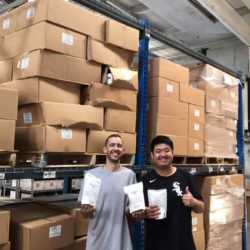

Having no prior warehouse management experience, the ShipBob solution has helped my team accelerate what would have been a very steep learning curve.
We had the ShipBob team on-site for implementation, which was so helpful. They helped set up our computers, printers, iPods, and scanners, then taught us the ins and outs of the WMS.
We essentially got to replicate what ShipBob’s done across its dozens of facilities via its proprietary WMS, best practices, and other tools to successfully run a global fulfillment network.
“I don’t know what I would have done without ShipBob. With their team, their incredible warehouse management system, and their training, this just worked out so quickly and smoothly. There were no hiccups as we got everything up and running, and were able to have a huge Q4.”
Courtney Lee, founder of Prymal
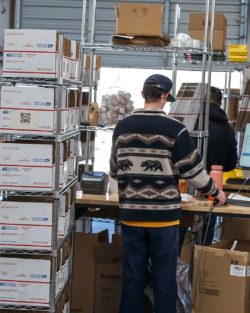

In comparison, a friend of mine who had moved fulfillment in-house took months to get started and had to duct tape all the apps and software together, train people, and secure all of their equipment.
But we had ShipBob.
The potential money we could have lost would have been huge just in those delays.
At one point, the ShipBob team hadn’t heard from us in 2 weeks and asked, “Is everything okay?” Everything was perfect, running so smoothly, that we didn’t even need our weekly check-ins. The problem was there were no problems!
Tracking inventory and orders in real time
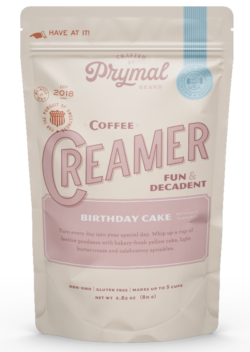

One of the biggest things I’ve learned is how truly vital it is to have a system for inventory tracking and real-time warehouse visibility.
Without a sophisticated way to have virtual visibility of what’s in the warehouse, we’d be in trouble, especially with so many remote team members in other states.
My Director of Operations and Director of Customer Support are remote, and they constantly deal with many aspects of inventory, including purchase orders.
ShipBob’s software allows for all of us to “virtually see” our warehouse without having to physically be there. Because of that, we’ve been able to reduce our product speed-to-market, catch and remediate quality control issues, and intercept orders (as our fulfillment associates are able to physically see, touch, count, and ship items). All of that is amazing.
We create a warehouse receiving order in ShipBob and it immediately arrives and gets stowed by us. It’s convenient to toggle between the merchant view we already knew from partnering with ShipBob for years, as well as the WMS side.
The merchant dashboard is still really helpful for support inquiries (if an order needs to be canceled, if we need to adjust an address, add a product, etc.), as ShipBob is our source of truth for shipping data. I also love the analytics tools, and so do my accountants. I can also see how my team is doing, tracking their order metrics as they fulfill orders.
While we now pay for our own rent and the salaries of our fulfillment center team, we have been able to save 10% and reinvest that into other parts of the business. It’s been game-changing, while still having ShipBob be a part of our ecosystem.
Our average shipping zone in the US increased, since we went from using multiple ShipBob fulfillment centers to just our one location in Austin, but we still have the ability to utilize ShipBob facilities in other countries.
I love that I can focus on the foundation (AKA my hub in Austin), and that the path to scalability is 100% there from a fulfillment standpoint!
What’s next for Prymal?


We’ve also recently launched our own coffee beans, which are just hands-down the best quality and incredible-tasting beans that pair perfectly with all of our creamers. Once we get past some supply issues, we’re hoping to launch other new products like sugar-free flavored oatmeals. They’re absolutely game-changing and will include both a traditional oatmeal and a lower-carb version.
With this new hub and space that we get to call our own, we can more easily do so many wonderful, productive, and innovative things to grow the company. 2022 will have its challenges, but I’m extremely optimistic because my team is stronger than ever, our vision is clear, we have our new hub, and we have the absolute freaking best partner in ShipBob.


Divey Gulati
Divey Gulati is the President & Co-founder of ShipBob who originally brought up ShipBob WMSto Prymal.


Melisa Ori
Melisa Ori is the Account Executive at ShipBob who originally brought on Prymal as a customer.


Emily Krieger
Emily is the Merchant Success Manager at ShipBob who helps support Prymal.
Let’s talk about ShipBob’s WMS
Click the button below to get in touch with ShipBob about our warehouse management software to see if we can help your business, discover if we’re a mutual fit, and get a pricing quote.
